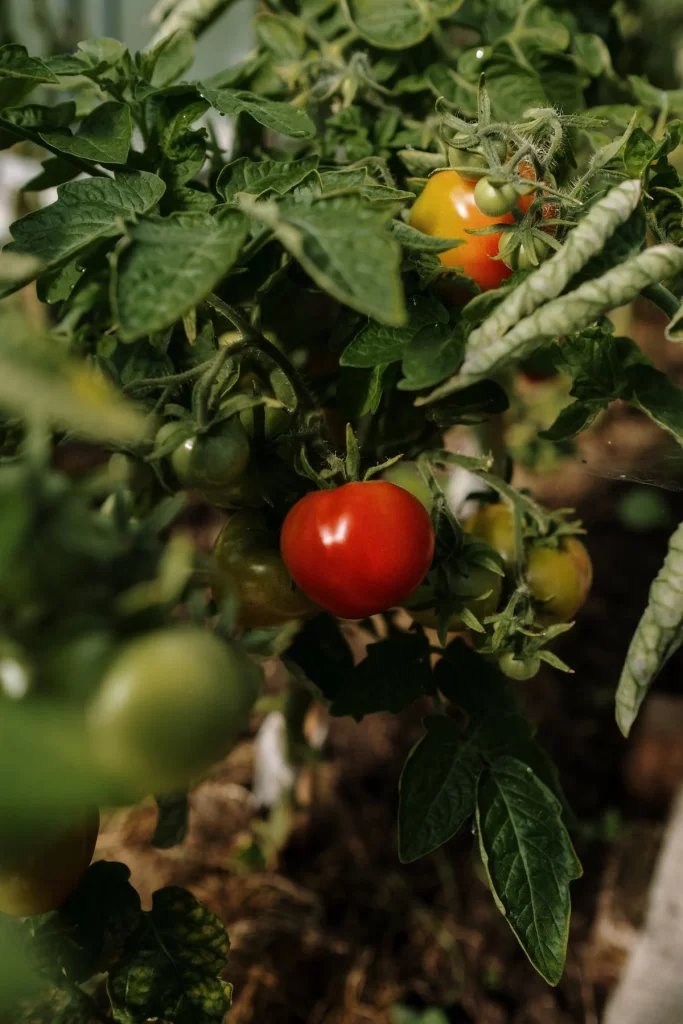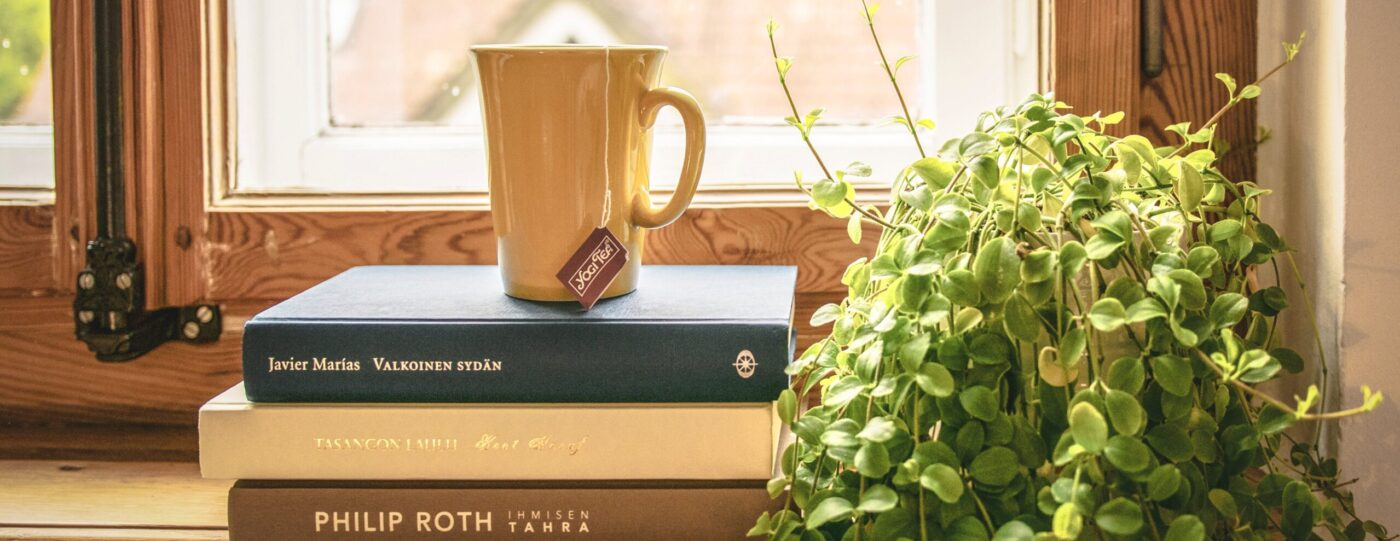Here are some great tips when preparing your garden for spring planting.

Preparing the soil is a crucial step for a successful garden. Here are some general steps to help you prep the soil for the best garden planting in spring:
- Test the Soil:
- Conduct a soil test to determine its pH and nutrient levels. This will guide you in making any necessary amendments to improve soil fertility.
- Clear Debris:
- Remove any weeds, rocks, or debris from the planting area. This will create a clean and suitable environment for your plants.
- Loosen the Soil:
- Use a garden fork or tiller to loosen the soil to a depth of 8-12 inches. This helps improve aeration and drainage, making it easier for plant roots to grow.
- Amend the Soil:
- Based on the results of your soil test, add organic matter such as compost, well-rotted manure, or peat moss to enhance soil structure and fertility. This step is crucial for providing essential nutrients to your plants.
- Fertilize:
- If needed, apply a balanced fertilizer according to the specific needs of the plants you’ll be growing. Follow the recommended application rates on the fertilizer packaging.
- Mulch:
- Apply a layer of organic mulch, such as straw or wood chips, to help retain moisture, suppress weeds, and regulate soil temperature.
- Consider Raised Beds:
- If your soil is poor or has drainage issues, consider using raised beds filled with a high-quality mix of topsoil, compost, and other amendments.
- Water the Soil:
- Before planting, water the soil thoroughly. Adequate moisture ensures that the soil is in good condition for planting and helps seeds germinate more successfully.
- Wait for the Right Time:
- Ensure that the soil has warmed up sufficiently before planting sensitive crops. Cold and wet soil can delay germination and lead to poor plant growth.
- Follow Planting Guidelines:
- Follow the specific planting guidelines for each type of plant you’re putting in the ground. Pay attention to spacing, depth, and any other recommendations.
Remember that soil preparation is an ongoing process, and maintaining good soil health throughout the growing season is essential for a thriving garden. Regularly monitor your plants, water them as needed, and address any issues promptly.
